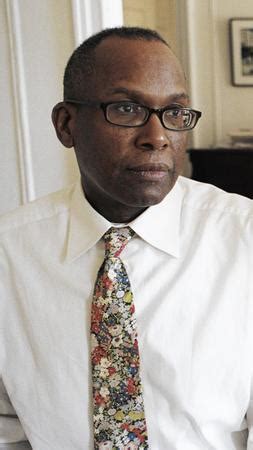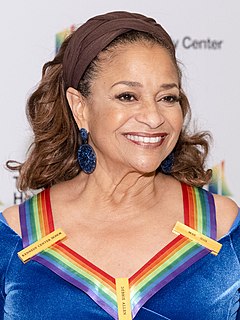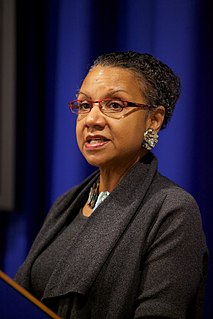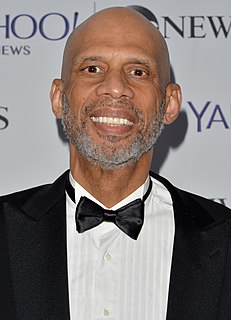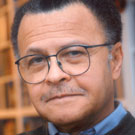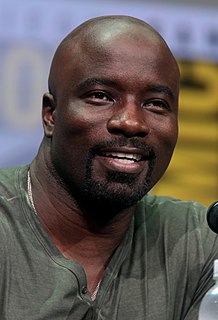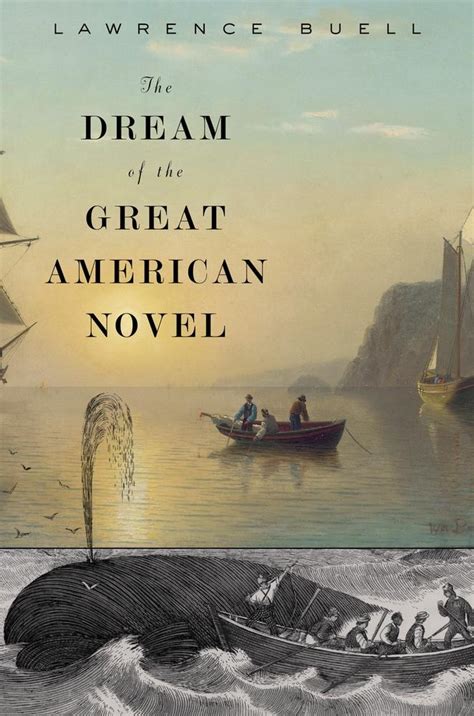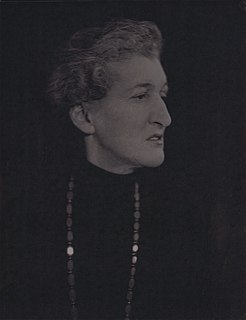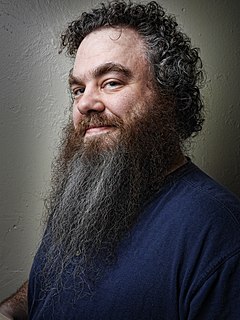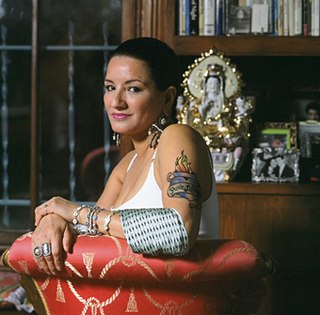A Quote by Darryl Pinckney
Jean Toomer is a phantom of the Harlem Renaissance. Pick up any general study of the literature written by Afro-Americans, and there is the name of Jean Toomer. In biographies and memoirs of Harlem Renaissance figures, his name is invoked as if he had been one of the sights along Lenox Avenue.
Related Quotes
I am particularly conscious of my connection to the poets of the Harlem Renaissance because I, too, am a Black poet, born into, and shaped by, the very community in which those poets of the past produced so much of the work we associate with the Harlem Renaissance. We speak from the same place, both literally and metaphorically.
We didn't sit around the dining table talking about Madam Walker, but the silverware that we used every day had her monogram on it and our china for special occasions had been Madam Walker's china... and the baby grand piano on which I learned to read music had been in A'Lelia Walker's apartment in Harlem during the Harlem Renaissance.
When I was 17, I worked in a mentoring program in Harlem designed to improve the community. That's when I first gained an appreciation of the Harlem Renaissance, a time when African-Americans rose to prominence in American culture. For the first time, they were taken seriously as artists, musicians, writers, athletes, and as political thinkers.
When reading about what may be described as the lesser celebrated heroic figures of the Harlem Renaissance, we rarely get a definitive look at just how complicated and sometimes dangerous their everyday lives were. In fact, until the past ten years, many defined the period primarily by its well-known literary, musical, and artistic elements while overlooking the fact there was any political component to it at all.
Sara Blair's Harlem Crossroads is an important addition to the body of literature that currently exists about Harlem. It brilliantly illuminates the complex relationship between photographic representation and race, and adds new insight into the ways in which this one black community has figured in both the critical and public imaginations. Harlem Crossroads is a tour de force.
